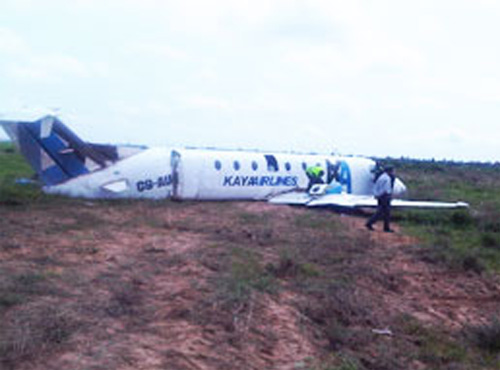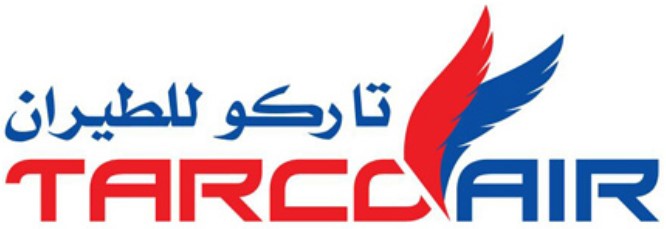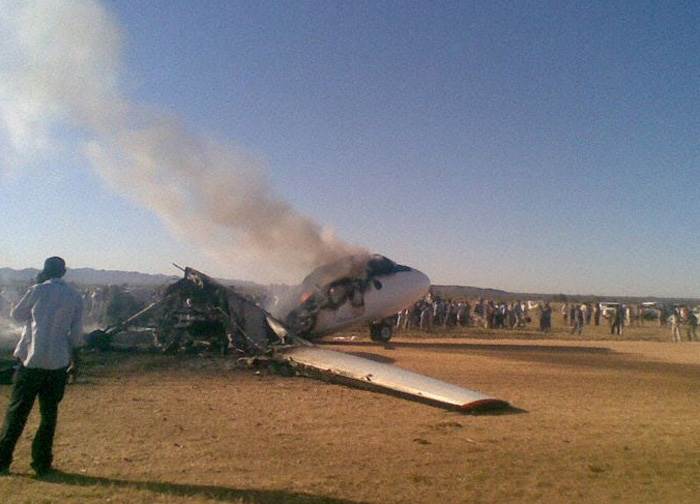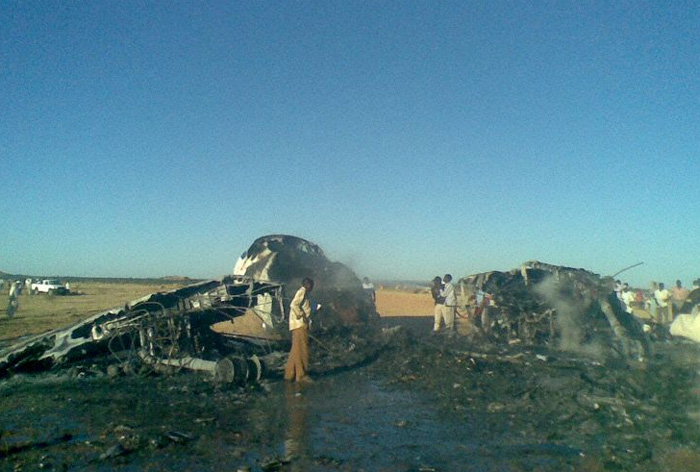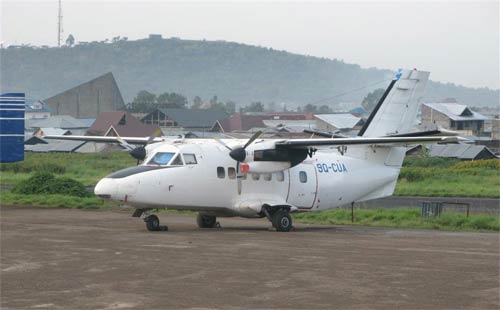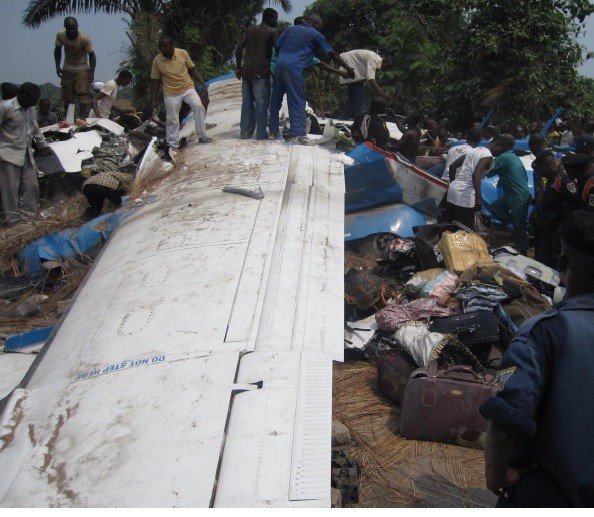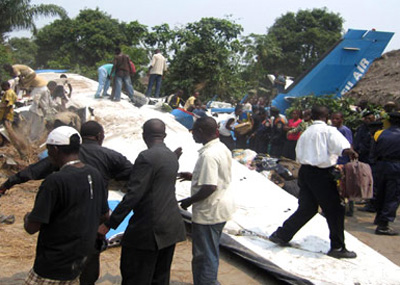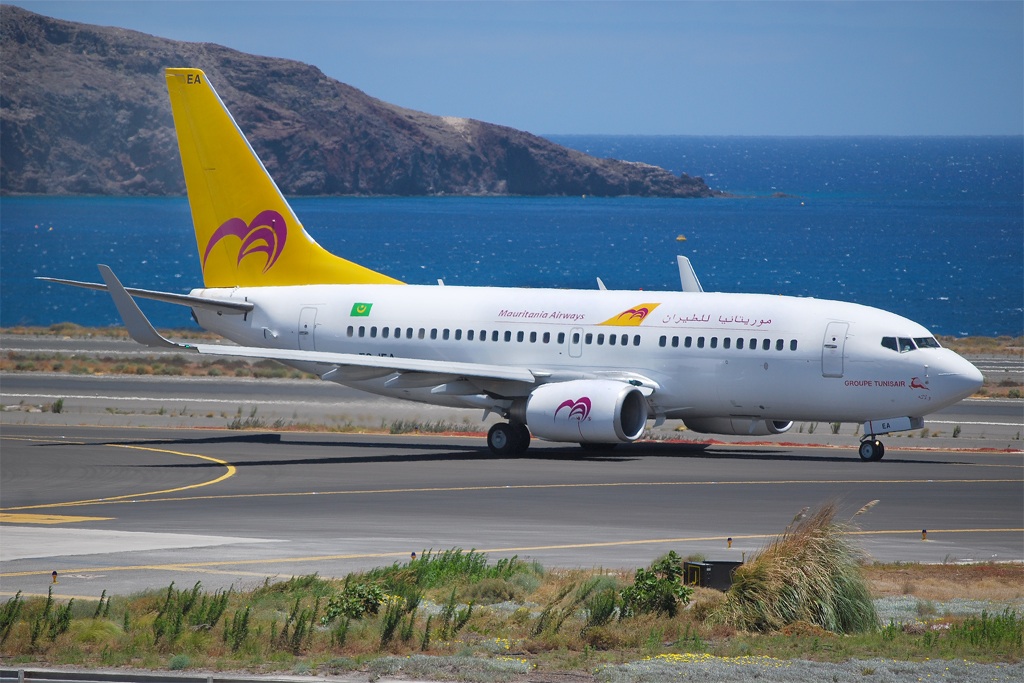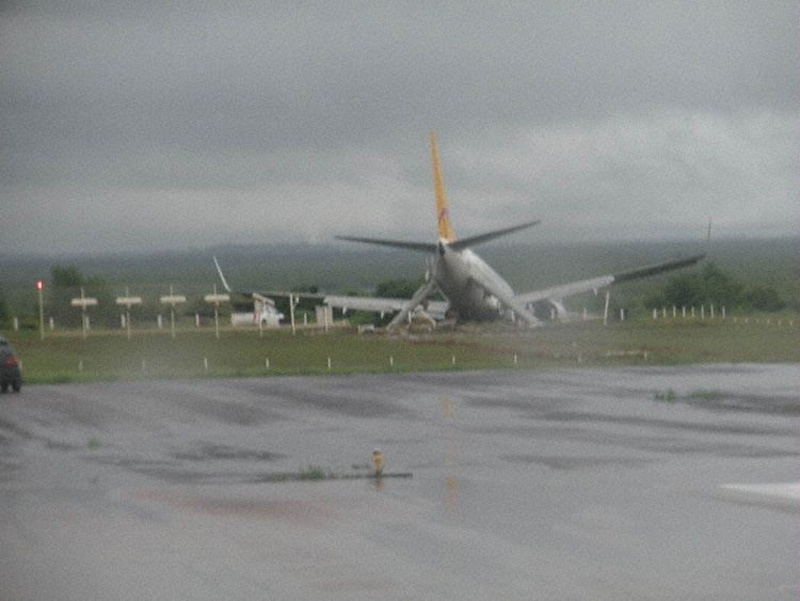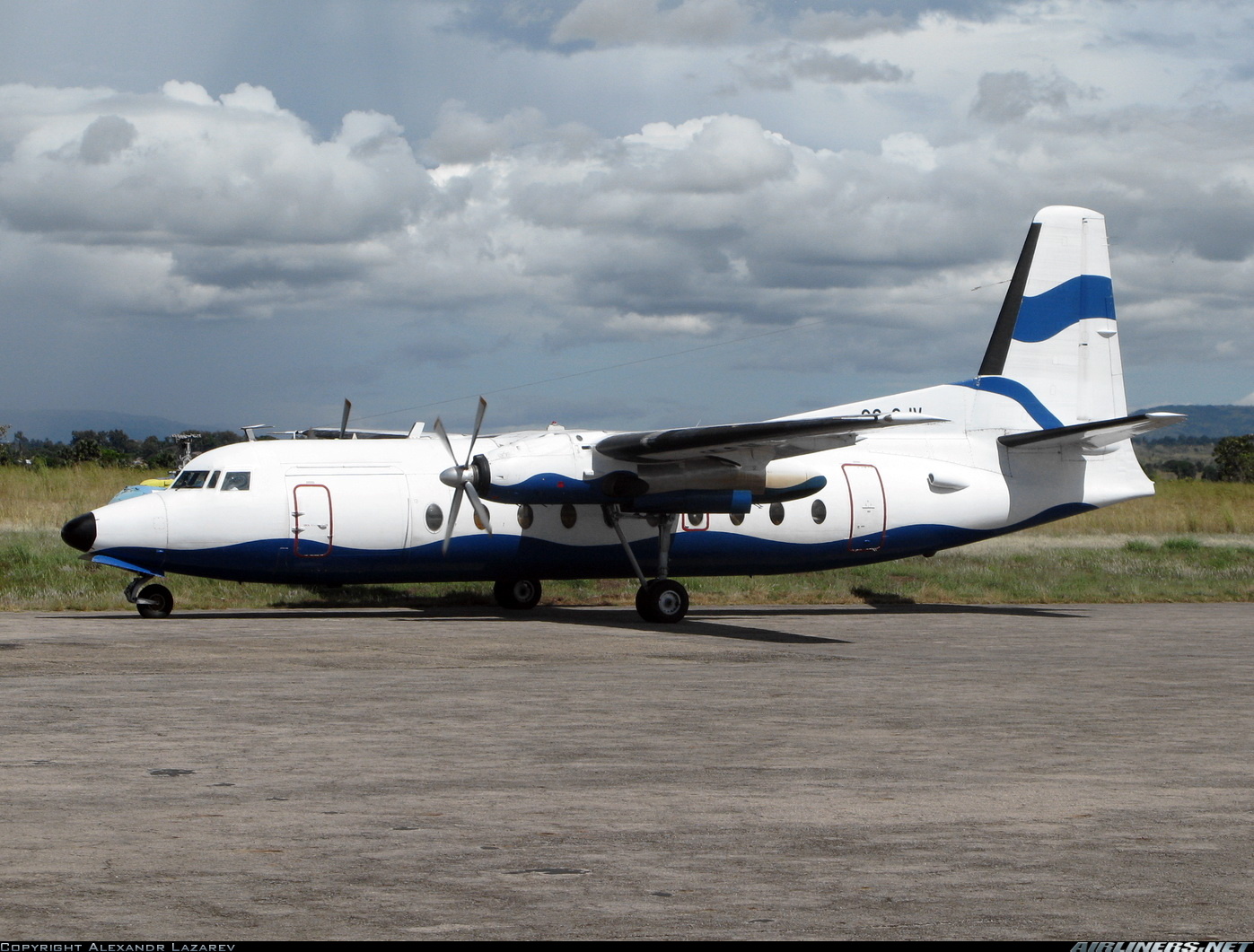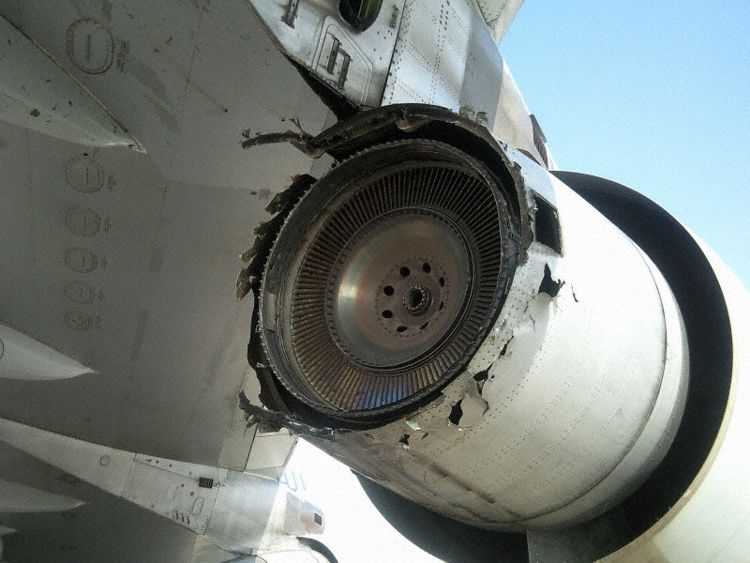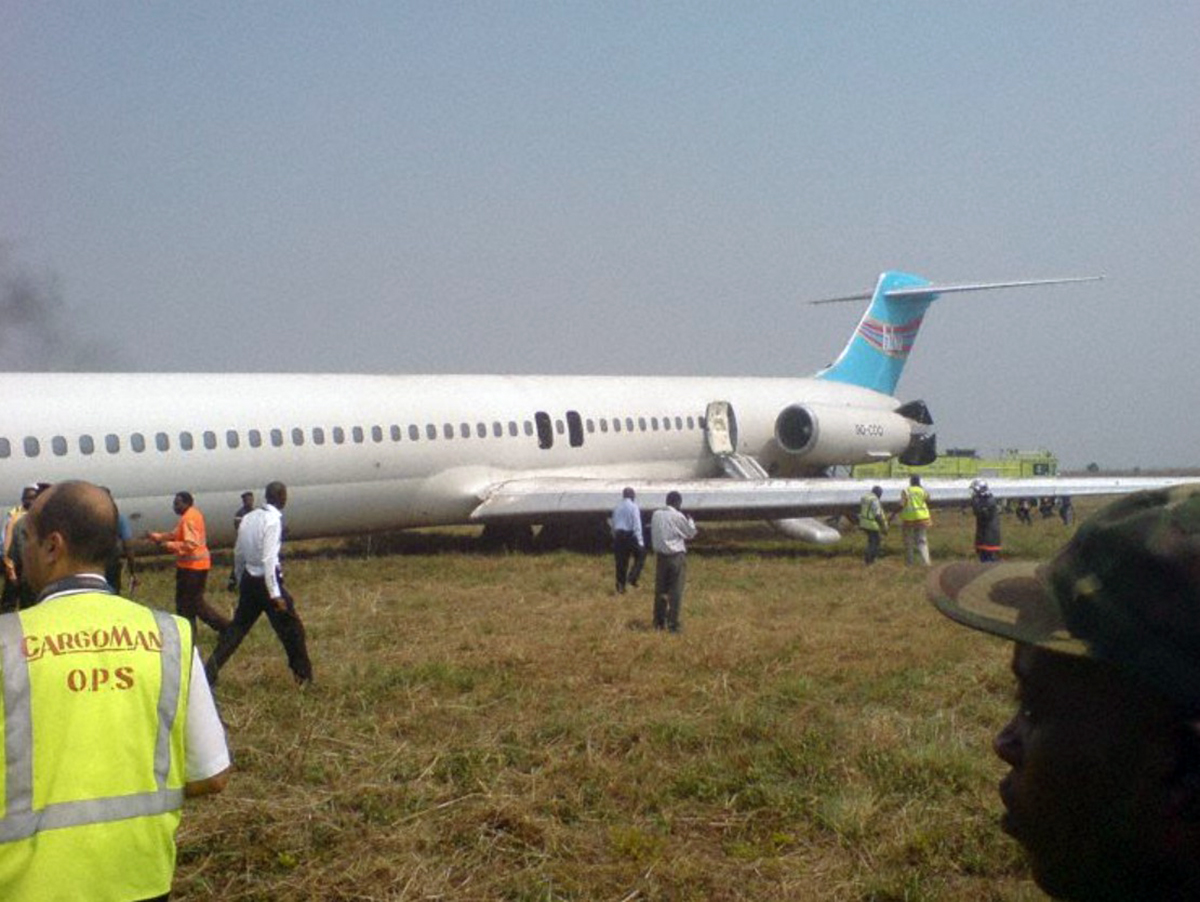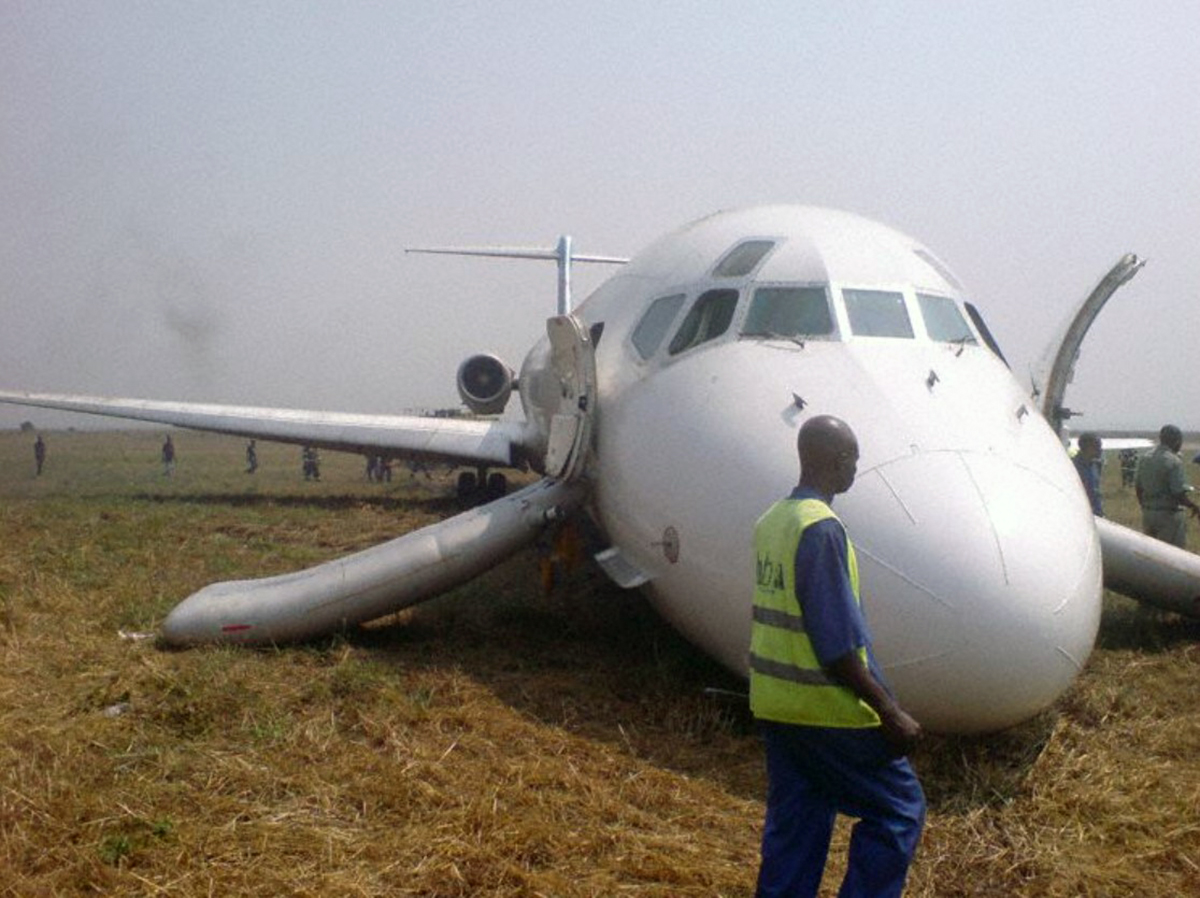Crash of a Beechcraft 1900C-1 in Maputo
Date & Time:
Dec 3, 2010 at 2340 LT
Registration:
C9-AUO
Survivors:
Yes
Schedule:
Nampula - Maputo
MSN:
UC-148
YOM:
1991
Crew on board:
2
Crew fatalities:
Pax on board:
15
Pax fatalities:
Other fatalities:
Total fatalities:
0
Circumstances:
The flight from Nampula was uneventful until the approach to Maputo. Due to bad weather conditions at destination, the crew was vectored to a holding pattern. After two circuits, the captain decided to start the descent despite ATC informed him about very poor conditions. At this time, the visibility was reduced due to the night, heavy rain falls, thunderstorm activity with turbulences and lightnings. On final approach to runway 23, the aircraft was too low and impacted ground short of runway in a slight nose-up attitude. Upon impact, the aircraft broke in two and came to rest in a field. All 17 occupants escaped with minor injuries and the aircraft was destroyed.
